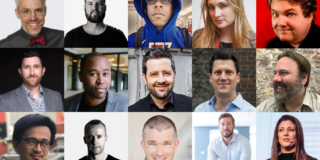How to Create a Demand Funnel (for 44X Revenue)

You know that feeling in the pit of your stomach when you get a calendar invite for an all-hands meeting—with no warning or context? I got one of those in 2018, mere months after I started at data.world as their first growth marketing and demand generation hire.








